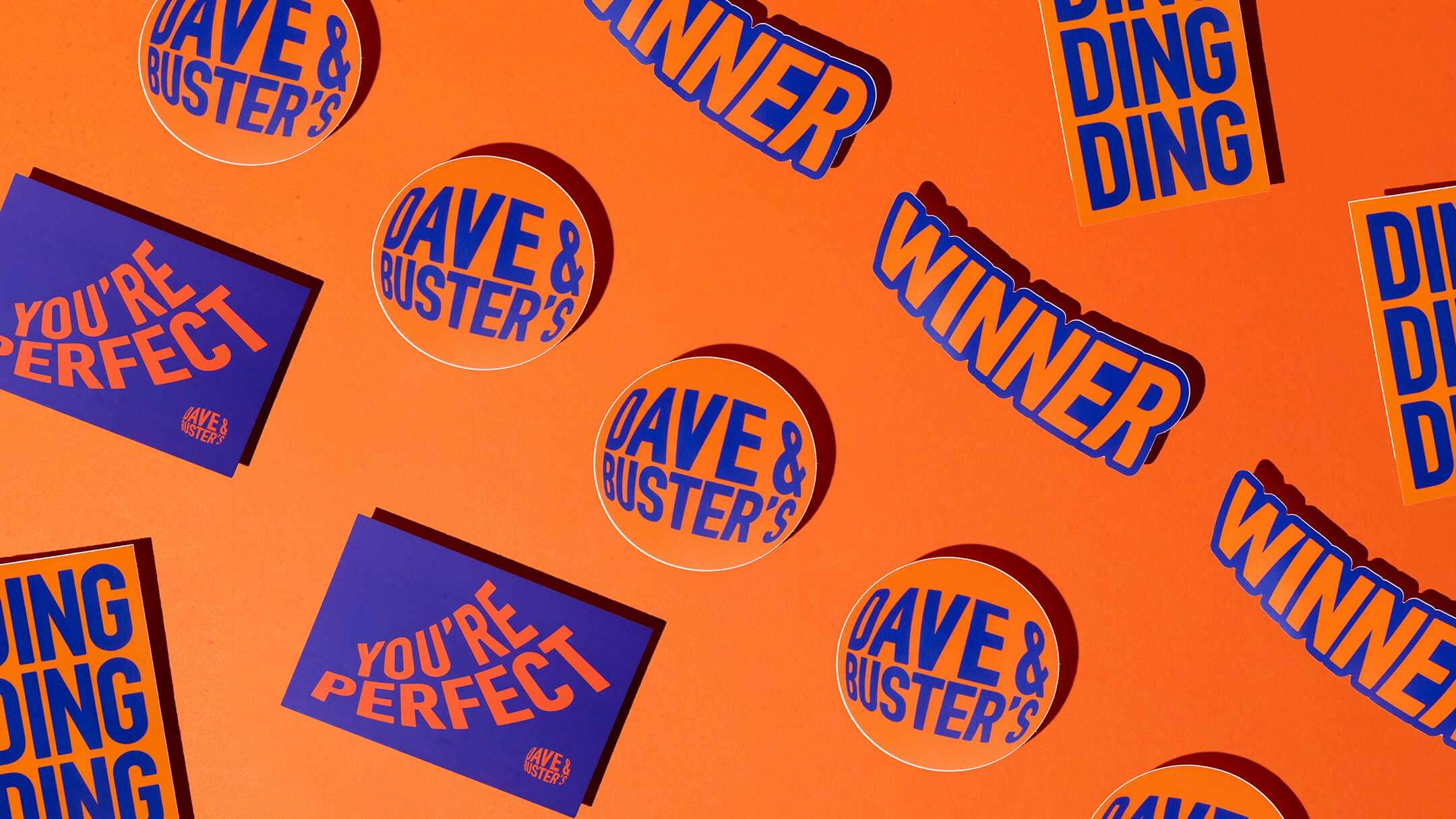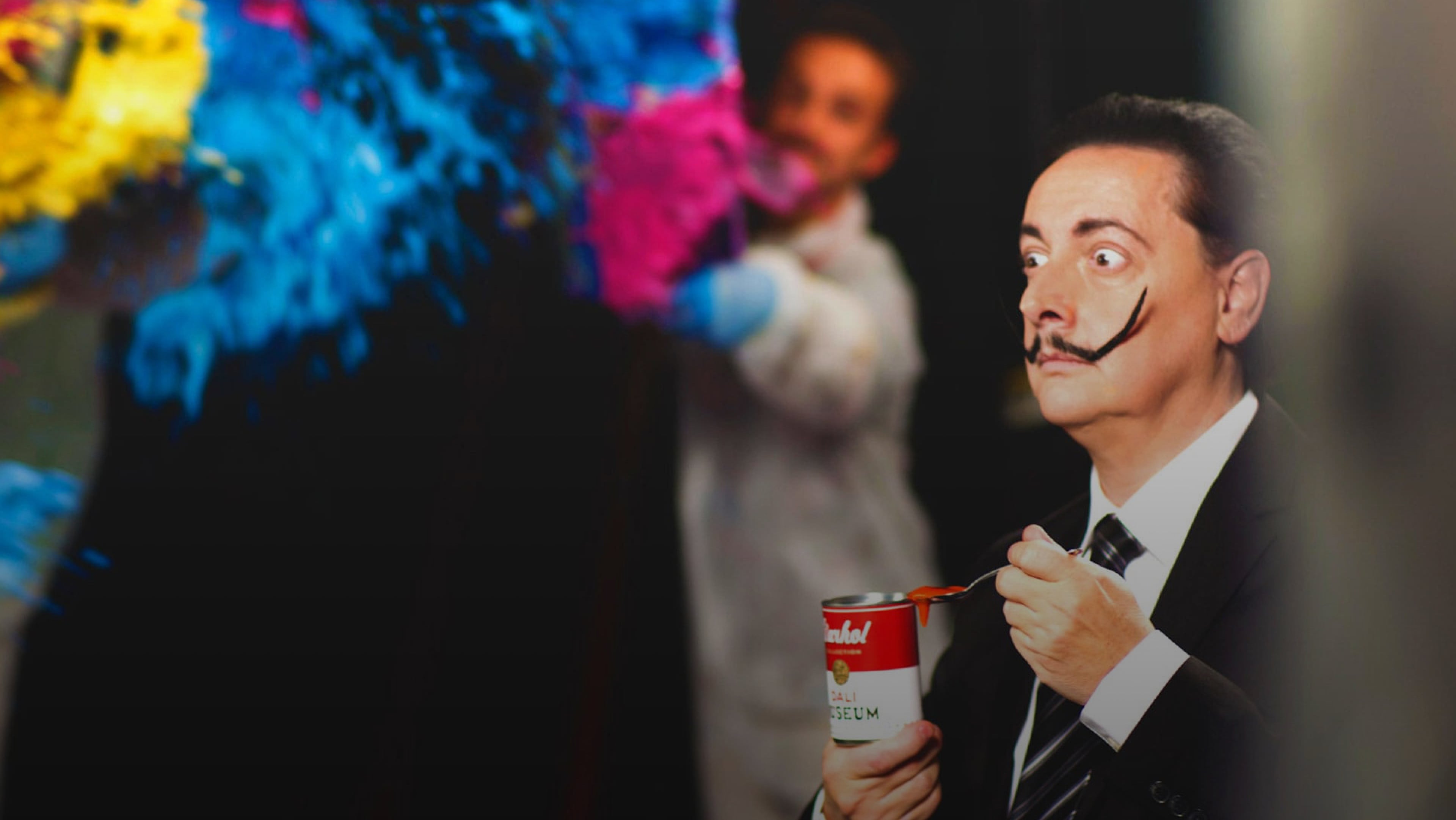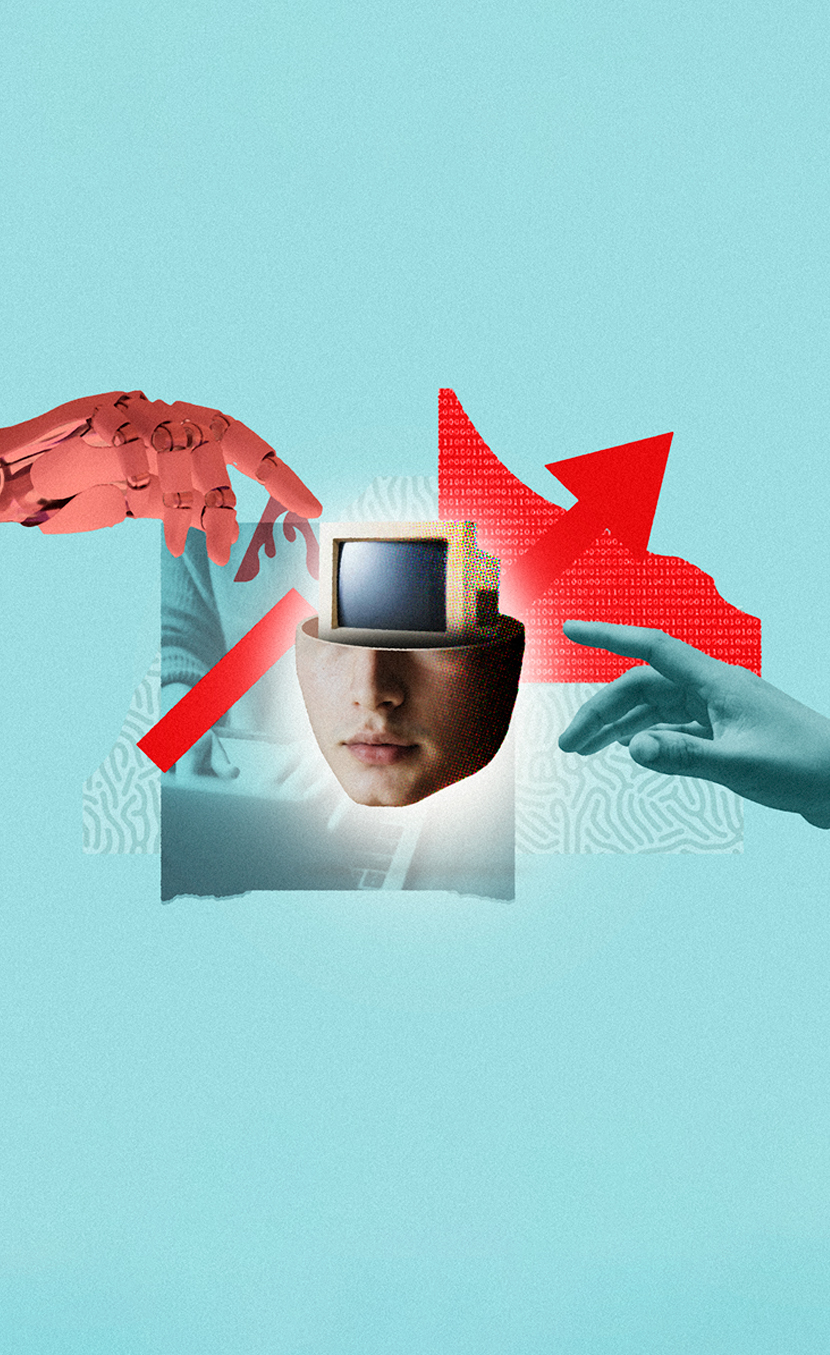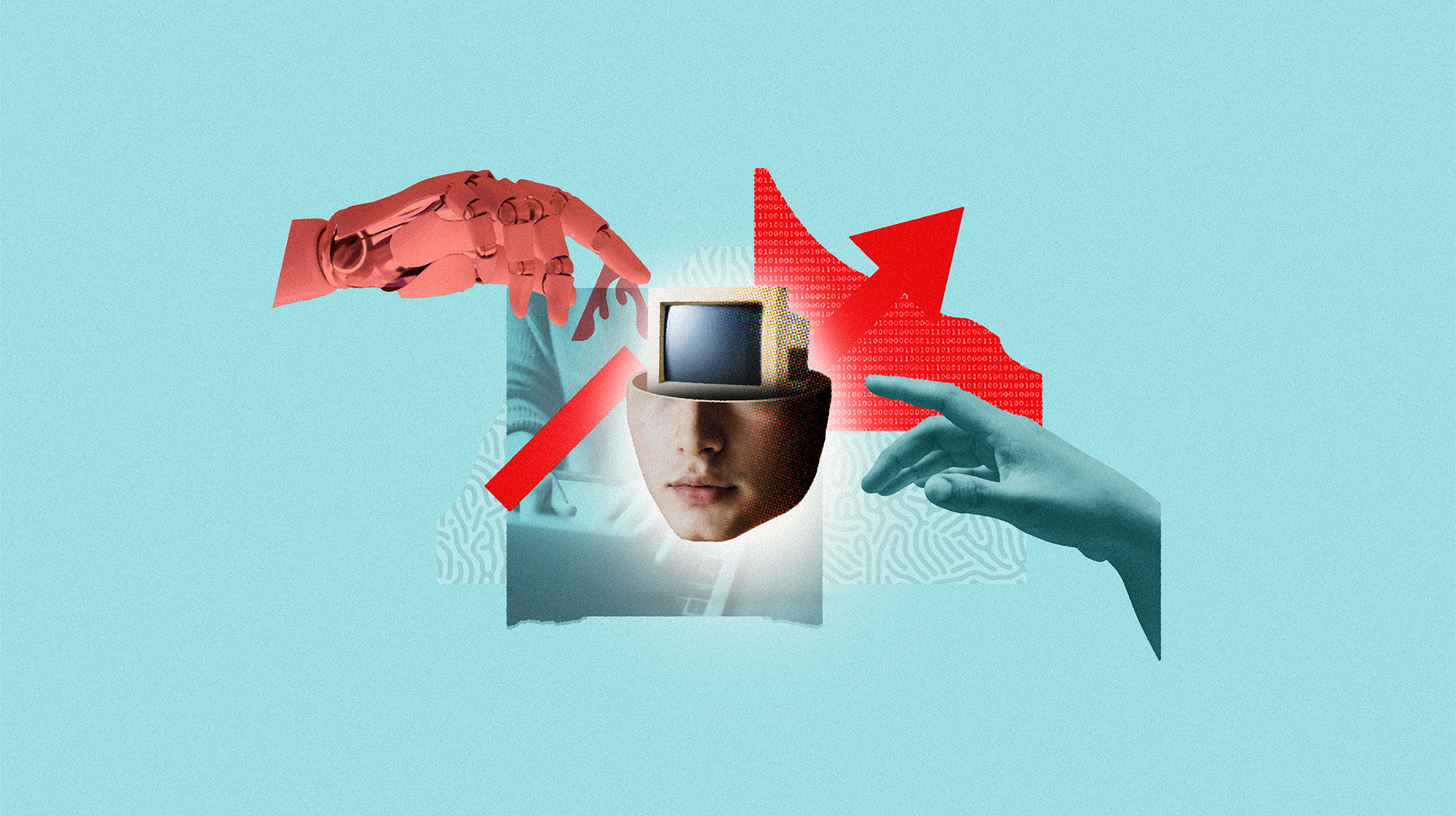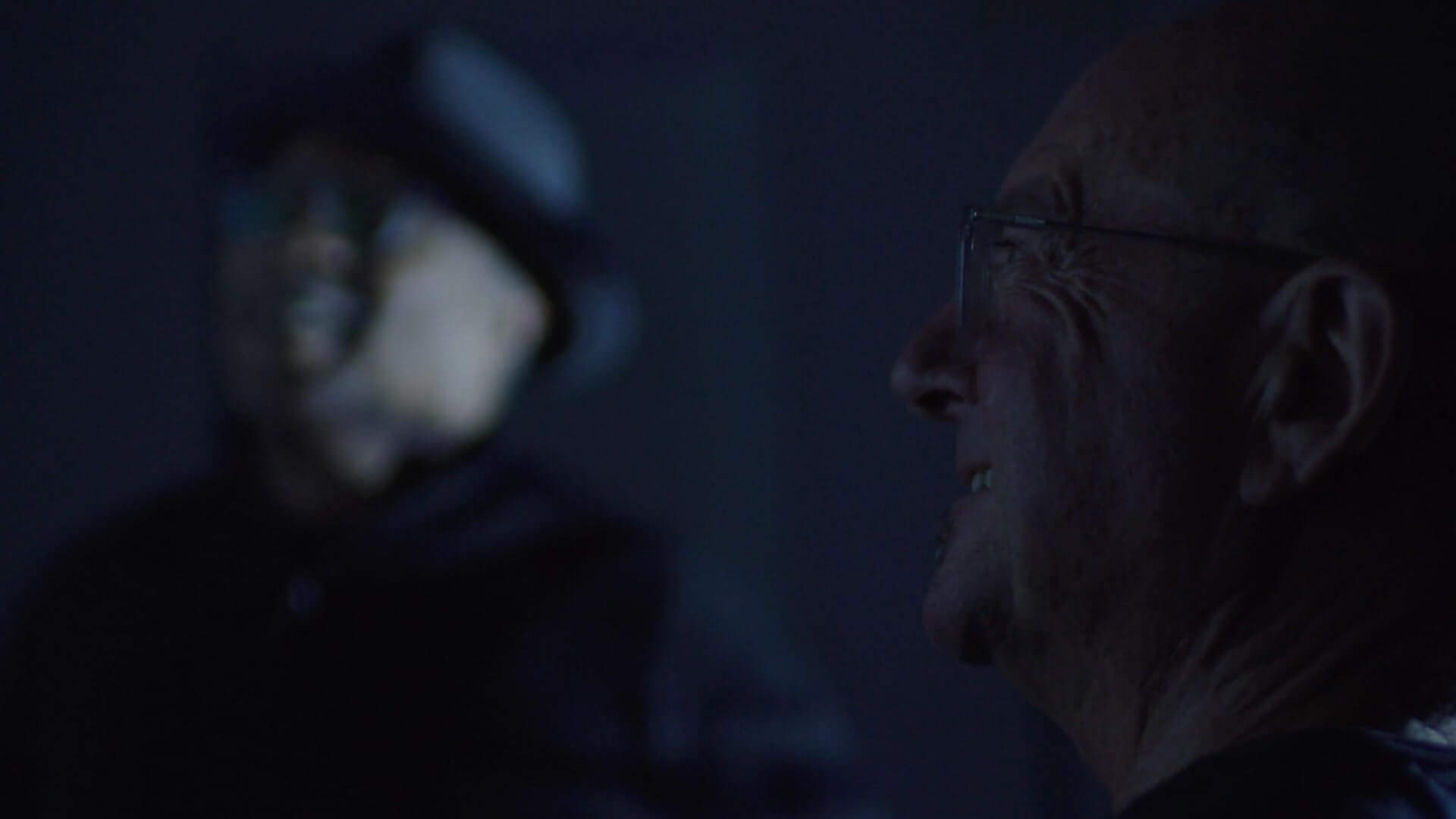Understanding the Impact – and Reality – of AI on Marketers
We are seeing AI articles and predictions everywhere but what does it actually mean for marketers? In some ways, AI is nothing new to our industry. Social media and programmatic platforms have been using machine learning to optimize what ads show up where, to whom, and when based on predictive analytics. Maybe it feels smarter and safer when AI is simply powering automated number crunching and decision making based on quantitative variables.
But, with the rapid evolution of generative AI, what does this all mean for the creative side of the field? Is AI something to be feared? Or embraced? AI is simply a tool and, as with any tool, it depends on within whose hands it sits to determine what fate it will bring. After all, a hammer can help build something new and beautiful or destroy it beyond repair.
One way this new tool can be leveraged is to automate the monotonous – the manual but often time-consuming aspects of our roles that are still important but arguably less valuable. We have all felt the pressure of doing more with less time and automating where we can bring potential efficiencies, improvement in communications, and overall speed and accuracy across all levels of marketing outputs.
But, what’s most exciting is generative AI’s enormous potential to drive creativity at various stages in the conception and design process. In the ideation phase, we now have a creative companion that can help explore and imagine through prompt iteration that may lead us to unexpected terrain. Then, AI provides us with a robust set of tools to quickly and easily visualize creative concepts in ways previously obstructed by time and resources. With the potential of showing things like storyboards and realistic, immersive mockups in a quicker and more visually compelling way. With the potential of showing a client what’s possible without having them rely on their imagination as heavily.
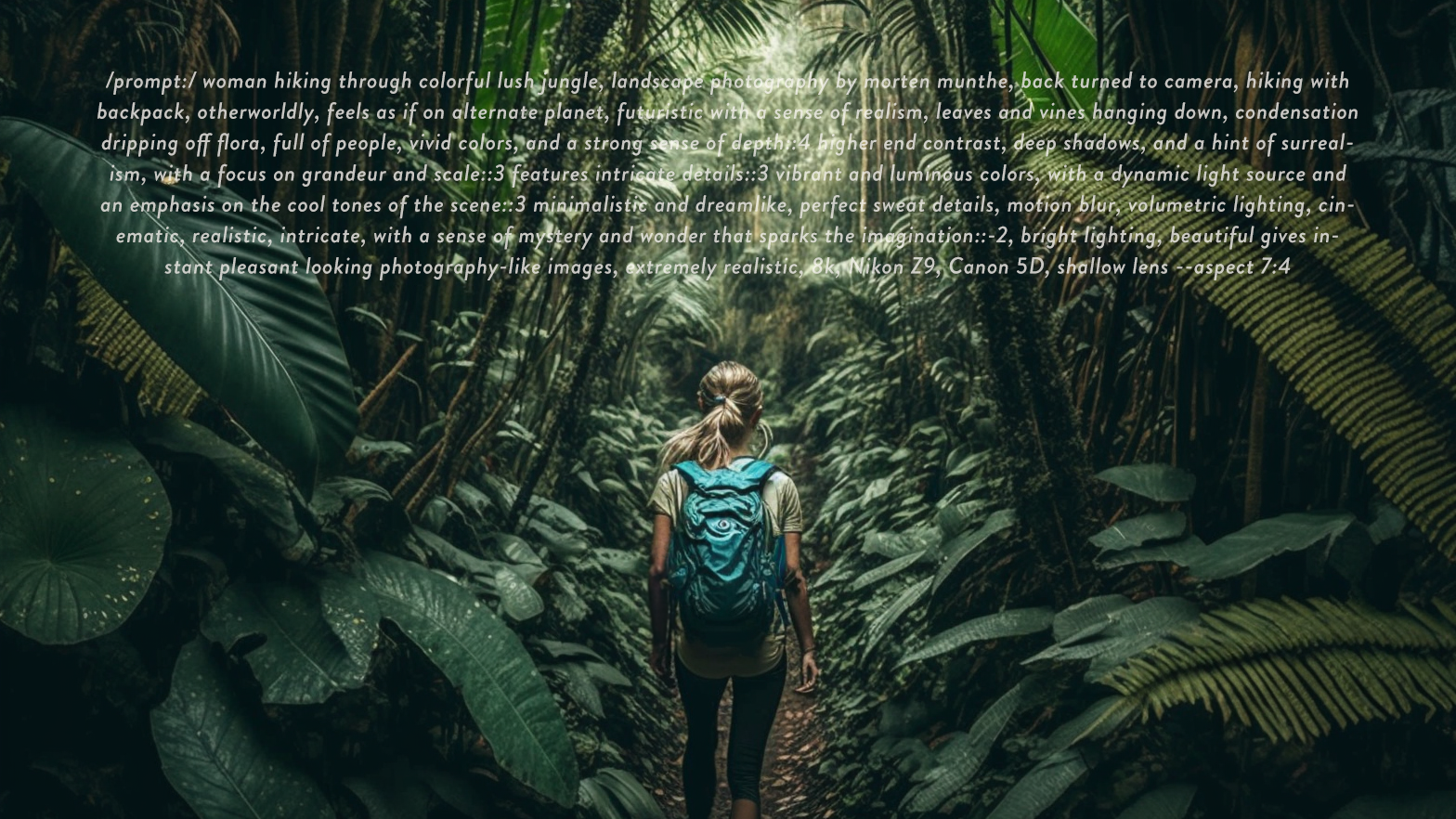
It’s clear, AI can certainly help the creative process but it’s inherently not creative in and of itself. In its very foundation, it relies on existing information – patterns, data, design styles. So, can it ever come up with something truly outside the box? Or will it always rely on its more strategic, original counterpart. The creative director, designer, copywriter, or dare-say prompt engineer. We need to know the right questions to ask, sift through the wrong answers, and forge ahead to the right ones. We need to remain curious and agile to use AI to its full potential and ultimately help ourselves in the process.
The crazier rabbit hole may be asking what is human creativity? Research indicates that it too is strongly based in memory and exposure to a specific set of experiences (aka data pool). But we also bring emotion and inaccuracy. A willingness to explore the less obvious answers and even explore some wrong ones. A novel way of interpreting, re-interpreting, and then fabricating solutions. Is this level of creativity something AI can accomplish right now? No. But does that mean that it’s not possible in the future? We’ll find out.
AI is the latest in a long line of innovations that precede it. Many of those were blips on the radar, a stepping stone to the next big thing. But some have created monumental shifts in our business. AI could be the next game changer – our new companion in efficiency, creativity, and solver of problems we have not yet considered. All we know to be true is that technology as a tool is growing exponentially and that is unlikely to change. But to be successful, we should embrace these evolutions or be wary of the consequences of being left behind. AI might not take your job, but someone who understands and adapts to it just might.


